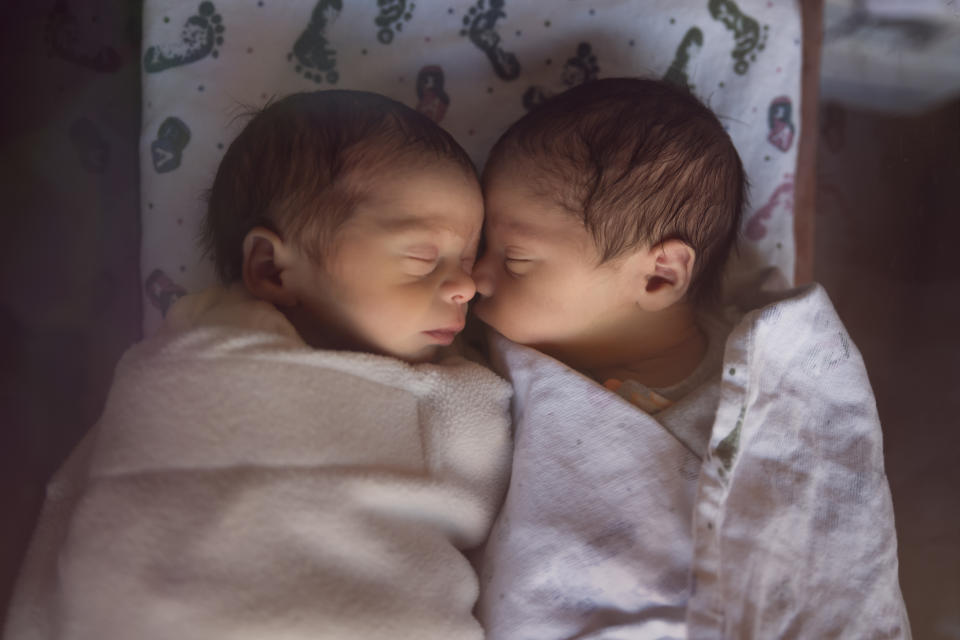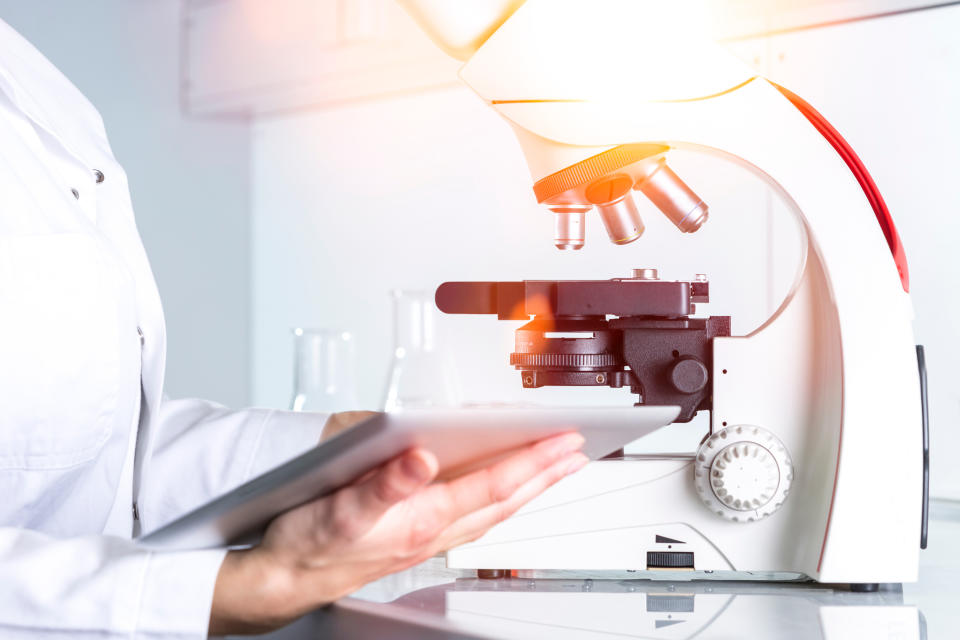Scientists discovered second ever case of 'semi-identical' twins, born from one egg and two sperm

Doctors have discovered what they say is world’s second case of ‘semi-identical twins’ – born from one egg and two sperm.
The boy and girl, who are now four, from Brisbane, Australia, are identical on their mother’s side but only share a proportion of their father’s DNA.
The rare phenomenon means they are somewhere between identical twins and fraternal twins, and are known as ‘semi-identical’ or sesquizygotic twins.
The first case was reported in the United States but the latest occurrence, reported on in the The New England Journal of Medicine, is the first to have been identified during pregnant.
Prof Nicholas Fisk, who led the team that cared for the mum and twins at the Royal Brisbane and Women’s Hospital in 2014, said the discovery was made through a routine scan.

He said ultrasound scans originally suggested the woman was expecting identical twins, but a 14-week scan showed the twins were male and female which was not possible.
He said: “It is likely the mother’s egg was fertilised simultaneously by two of the father’s sperm before dividing.”
READ MORE
Medics performed emergency C-section on dying crash victim who wasn’t pregnant
‘Sometimes you walk away’: Donald Trump talks with Kim Jong-un end in failure
Trump ‘bought painting of himself for $60k using his own charity cash, then kept it’
Identical twins occur when cells from a single egg fertilised by a single sperm split into two, sharing identical DNA.
Fraternal twins happen when two separate eggs are fertilised by their own sperm.
Dr Michael Gabbett, from Queensland University of Technology, who worked alongside Prof Fisk, said if one egg is fertilised by two sperm it leads to three sets of chromosomes, which are usually “incompatible with life” meaning embryos don’t usually survive.
“In the case of the Brisbane sesquizygotic twins, the fertilised egg appears to have equally divided up the three sets of chromosomes into groups of cells which then split into two, creating the twins,” he said.
“Some of the cells contain the chromosomes from the first sperm while the remaining cells contain chromosomes from the second sperm, resulting in the twins sharing only a proportion rather 100 per cent of the same paternal DNA.”

 Yahoo News
Yahoo News 